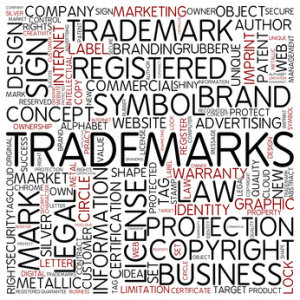The Secret to Success of Trademark Investigations
Trademark Investigations
Who would think that shopping at Guess would be confused with shopping at Gucci, but that is what resulted in a $4.66 million lawsuit filed by Gucci against the populist retailer, Guess.
A U.S. district court judge decided Gucci was indeed entitled to damages, claiming that Guess “Gucci-ized” its products and infringed on Gucci’s trademark.
At the heart of the matter, trademarks of names, logos, jingles, slogans words or symbols are what separates identities worth billions of dollars. An innocent mistake or blatant infringement can cause irreparable damage to a company or individual. Investigating such an incident is critical to the brand’s survival in this highly competitive and technologically connected world we live in today.
Coming to close to another businesses name or using similar packaging, symbol or even a service in the same marketplace can cross the line of trademark infringement.
The success of trademark investigations rests heavily on the skills of the investigators.
Creating a New Trademark or Logo
Just when you think everything is all in place for your new business, there is the proverbial “knock on the door” that you have infringed on another companies trademark or logo.
This is not a small problem. Even if you back off immediately, the money that went into stationery, advertising and product development can cause a significant set back. A little work upfront could have prevented the problem.
Why Hire a Professional
It would seem it should be easy enough to find out if a name, symbol or logo is already being used just by searching on the Internet? Possibly, if you know where to go and what to look for. A trademark search is not simply keying in a name to a search engine and see what comes up.
Before you spend money on letterhead, cards, advertising and product development, it makes sense you are navigating in friendly water.
A thorough trademark search will investigate any similar federally registered marks and those that are still pending. It will check which marks have been cancelled or expired.
Trademark investigations research numerous sources of unregistered or similar users of certain marks, brand names and the trade names that are currently registered.
This kind of information won’t come up on a simple web search. For more information regarding trademark investigation, contact us today.

